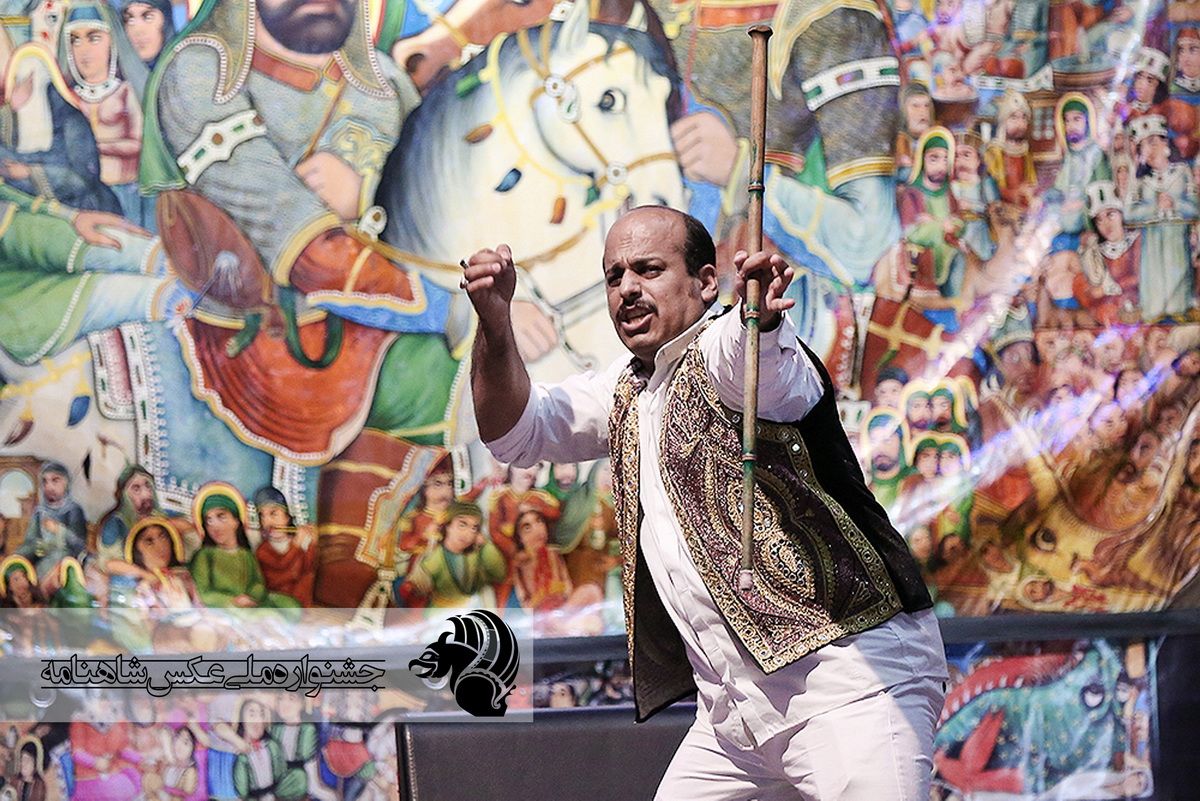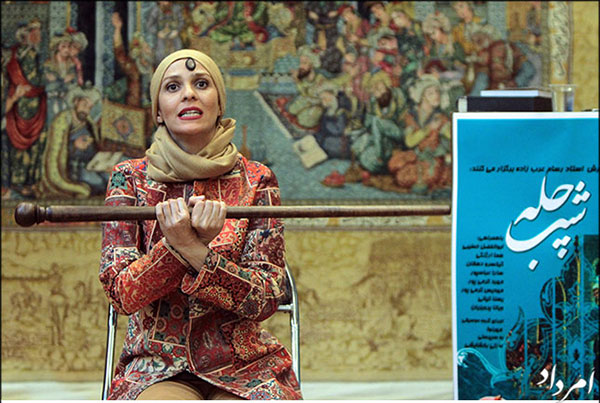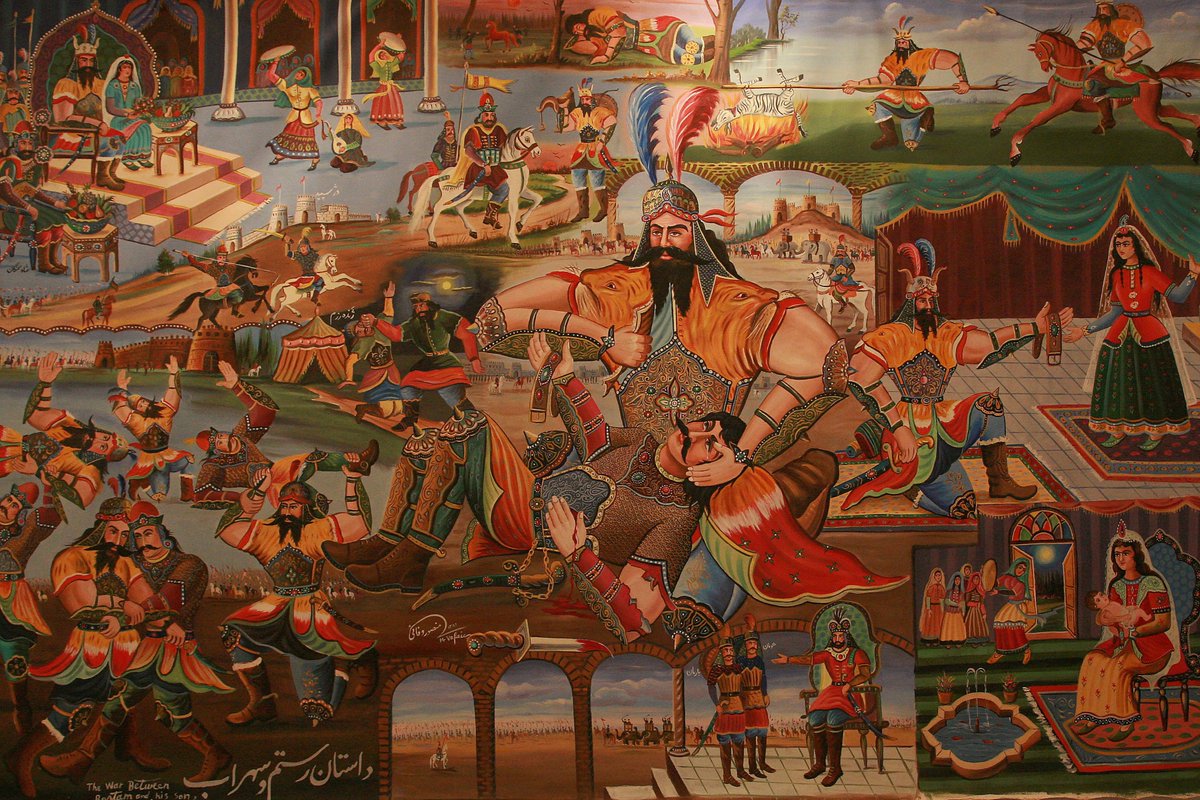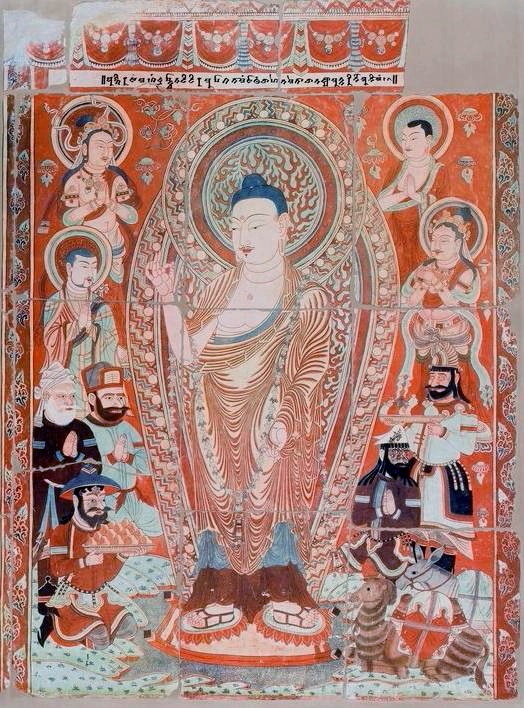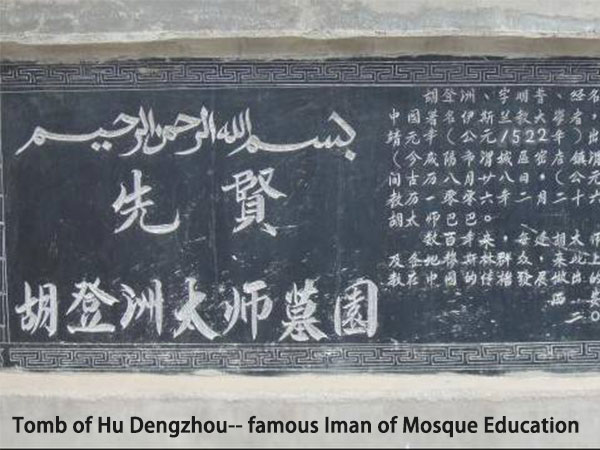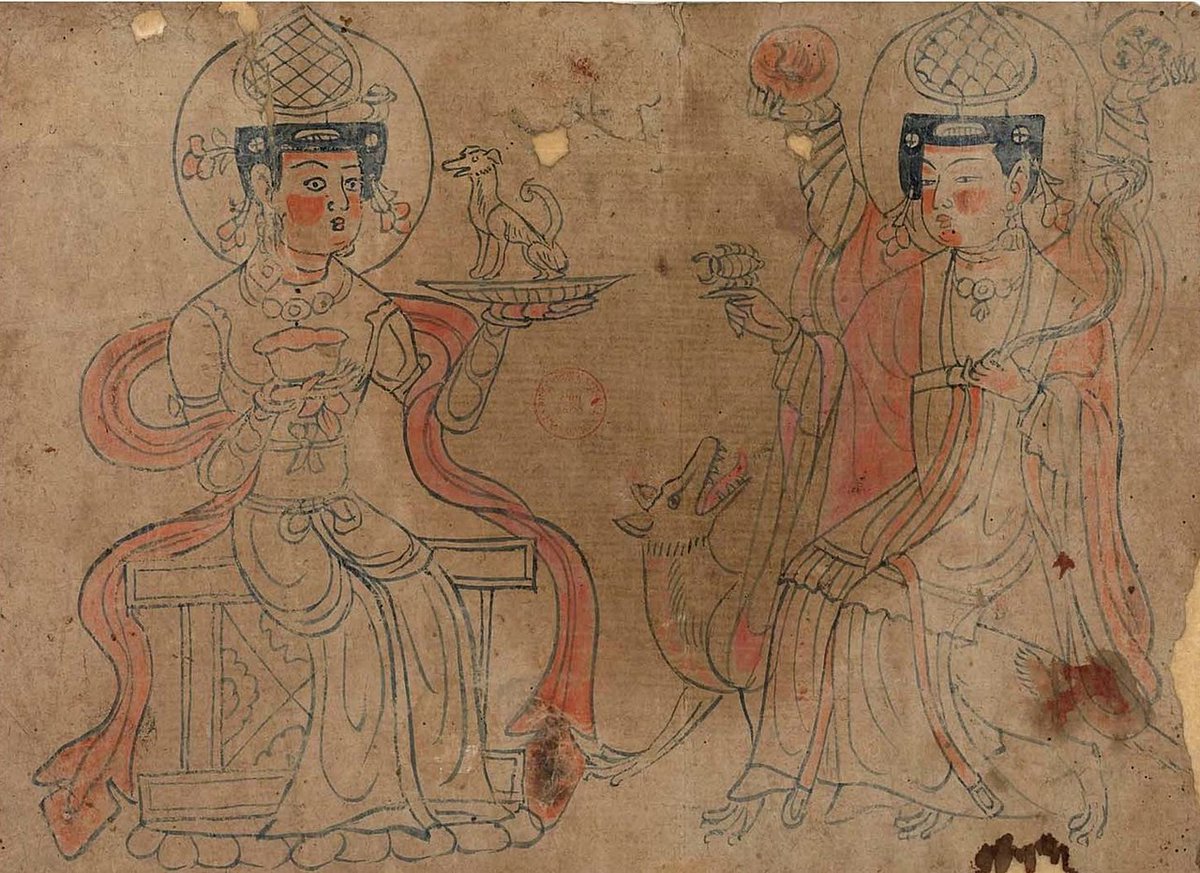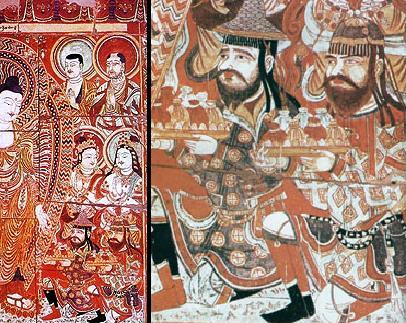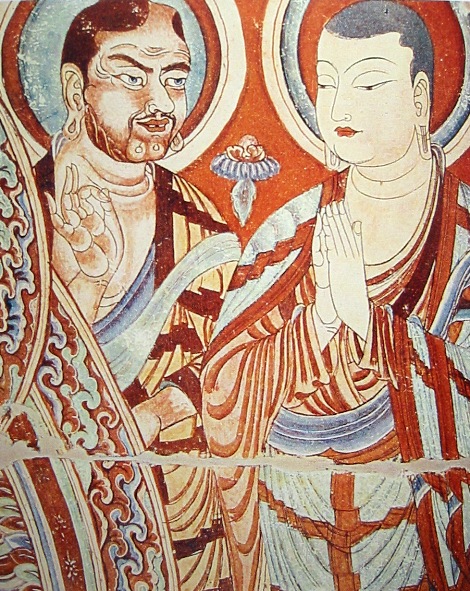
Tonight's Episode: The Forlorn Arab as Foil for the Formation of Iranian National Identity
Starring: The Pahlavi & Qajar Dynasties
The IRI
An Adolescent from Palestine
An Orphan Child
A Very Supportive Iranian Friend
With a Very Special Guest Appearance by Baby Nilu
1/SM
#Day5

Starring: The Pahlavi & Qajar Dynasties
The IRI
An Adolescent from Palestine
An Orphan Child
A Very Supportive Iranian Friend
With a Very Special Guest Appearance by Baby Nilu
1/SM
#Day5
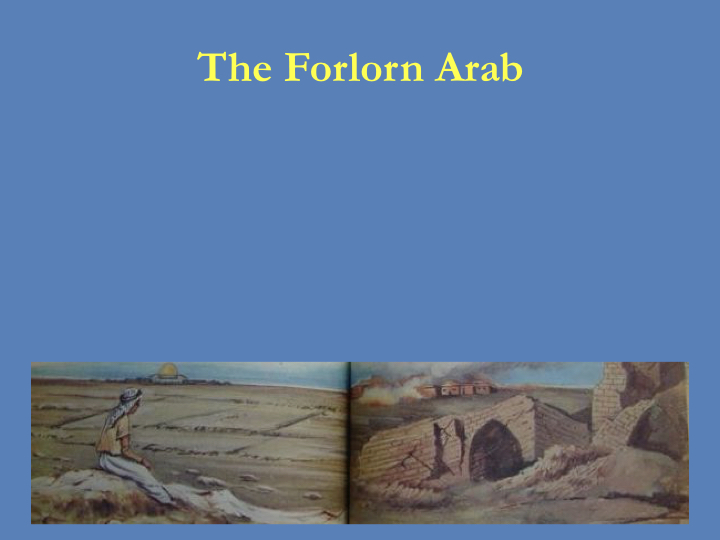

Iran after 1979 had proclaimed itself advocate and agent for the rescue and revival of the oppressed of the world, above all the community of believers or Ummat al-Islamiyah.
2/SM
2/SM

@Swarthy_Bastard As such, the boundaries of Iran’s imagined community extended in the post-1979 era beyond the borders of the traditional “Guarded Domains” to include its Arab and Muslim neighbors, now conceived as both participants and beneficiaries of the Islamic Revolution.
3/SM

3/SM


@Swarthy_Bastard This new internationalist aspiration was in reality the latest iteration of an old nationalist project, fostered by the Pahlavi & late-Qajar states & rooted in the distant traumas of the 19th century. In the postrevolutionary reverie on what it means to be “truly Iranian"...
4/SM

4/SM
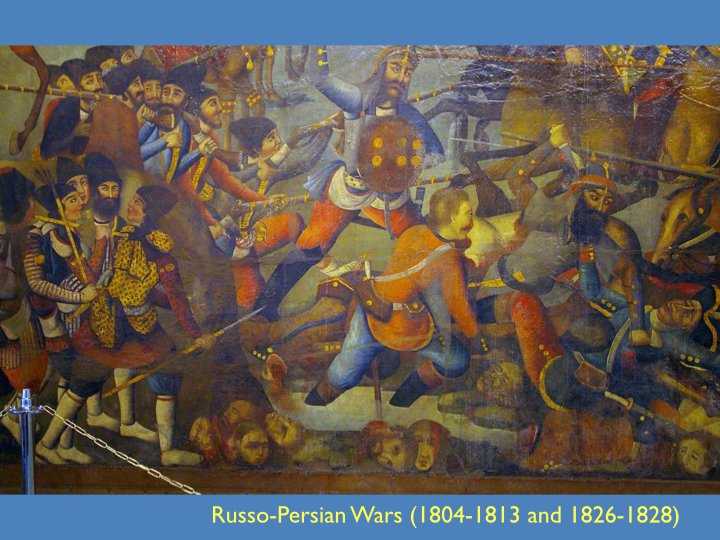

@Swarthy_Bastard the plight of the forlorn Arab served as constant reminder of the indispensability of preserving Iran’s sovereignty against foreign encroachment...
5/SM
5/SM

@Swarthy_Bastard ...the dismemberment of Lebanon and Palestine less an inspiration for global struggle than they were contemporary reminders of the catastrophes of Turkmenchai and Golestan.
6/SM
6/SM
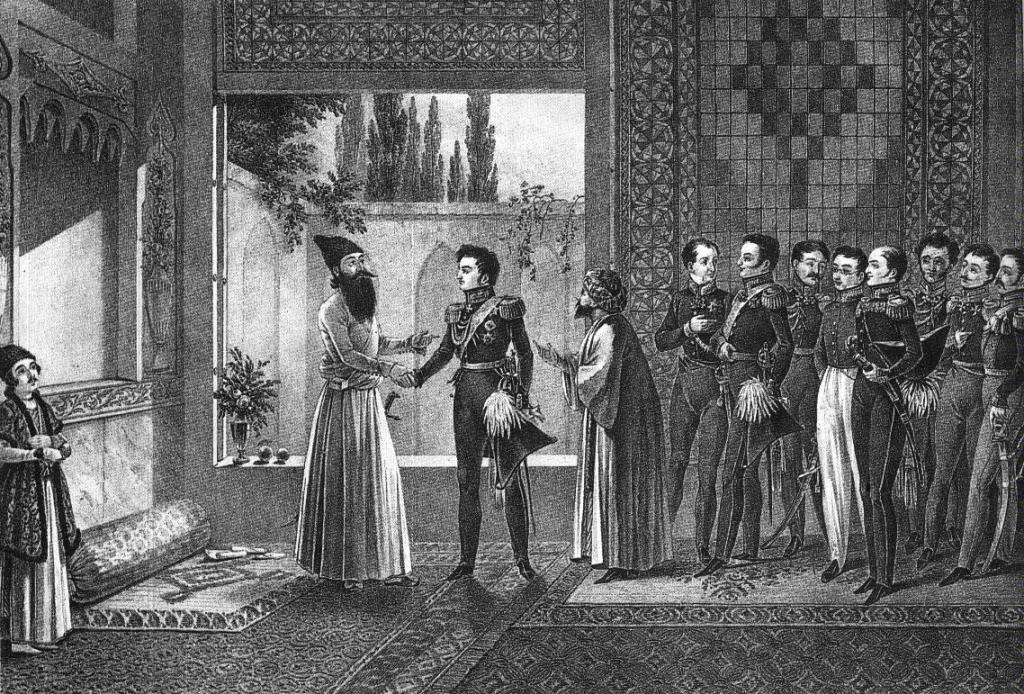
@Swarthy_Bastard Whereas the Pahlavi state portrayed the Arab Muslim as an abject figure incapable of redemption other than by the grace & intervention of Iranian civilization & culture, he was rendered merely pitiful by the Islamic educational system.
7/SM
7/SM
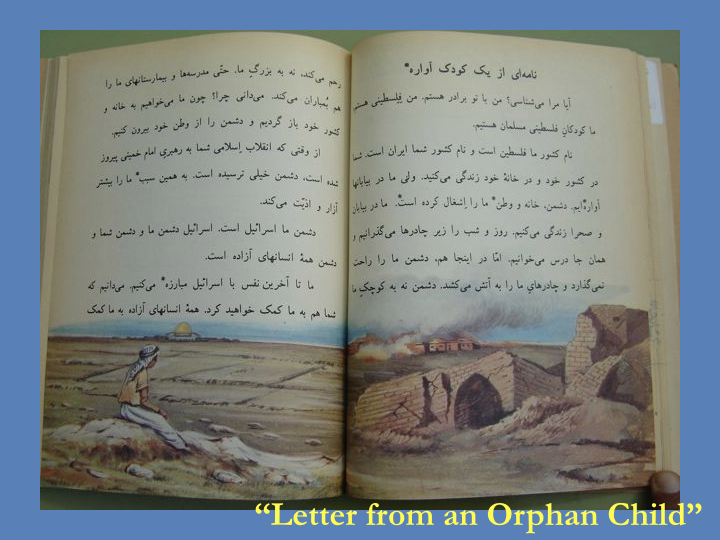
@Swarthy_Bastard Sympathy for the Arab by the postrevolutionary state comprised a rebuke and an affirmation: Look at what has happened to the Arabs who were not able to defend their homes and their homeland. Look at what has *not* happened to us.
8/SM
8/SM
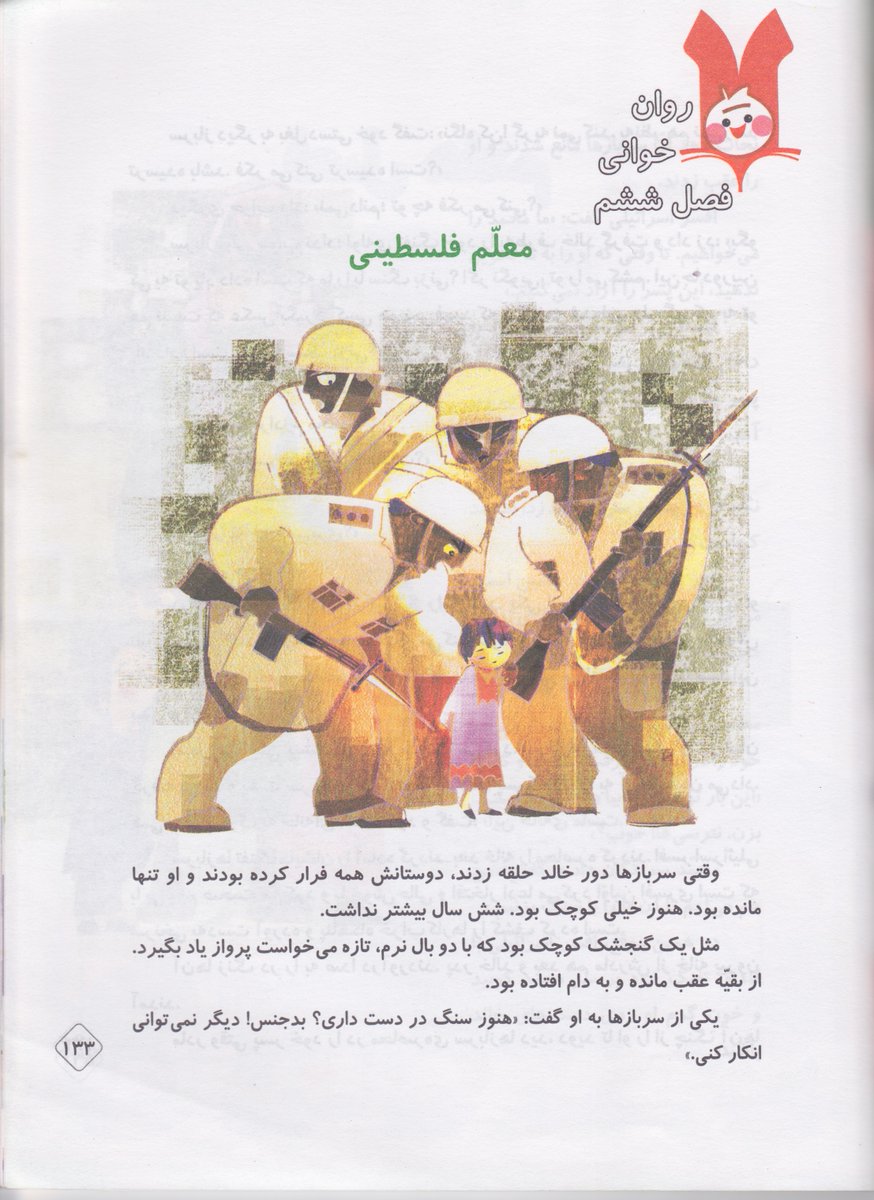
@Swarthy_Bastard As he has throughout Iran's modern history, the imagined Arab remained dependent on the good will & tender mercies of others, effectively stripping him of any meaningful agency or subjectivity. The IRI's innovation was to place him within a narrative of failure.
9/SM
9/SM
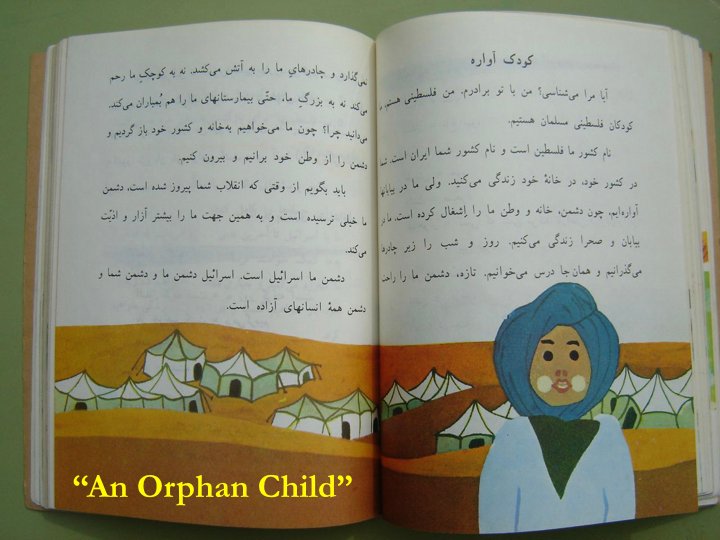
@Swarthy_Bastard Iran’s loud advocacy on behalf of the region’s dispossessed reveals itself to inseparable from the Arab’s inability to protect himself, or from Iran's deep-seated desire to demonstrate its superiority over its neighbors, a compensation for its own weakness in the world.
10/SM
10/SM
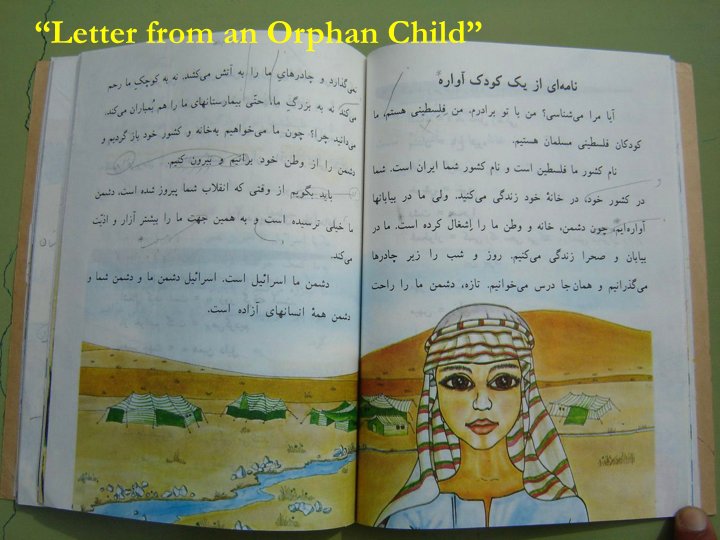
@Swarthy_Bastard The saga of the forlorn Arab
Adapted from trafo.hypotheses.org/9875 (written for @aamoosavi), inspired by read.dukeupress.edu/cssaame/articl…, to be presented at associationforiranianstudies.org/conferences/20… (what a life)
11/SM



Adapted from trafo.hypotheses.org/9875 (written for @aamoosavi), inspired by read.dukeupress.edu/cssaame/articl…, to be presented at associationforiranianstudies.org/conferences/20… (what a life)
11/SM
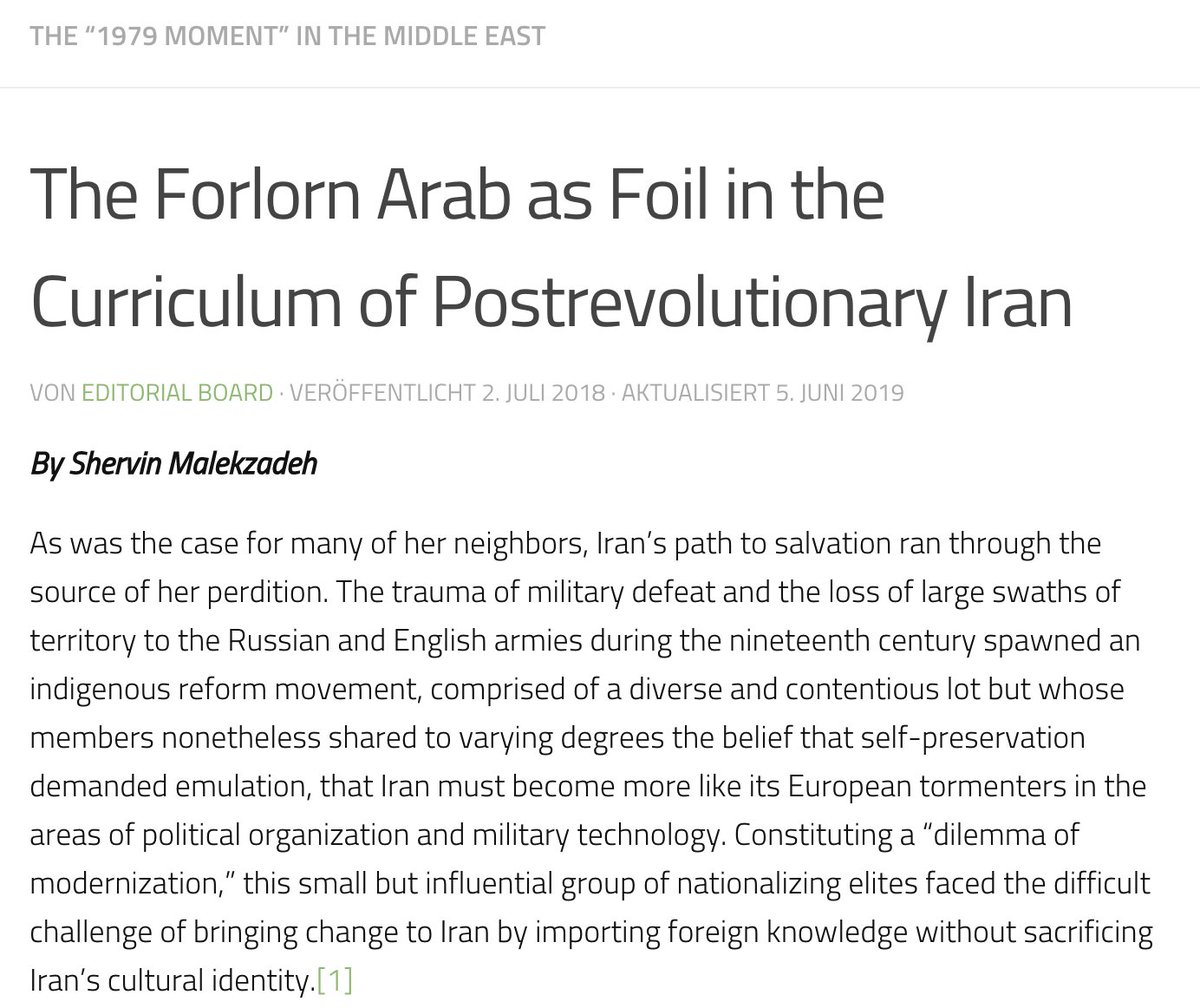



@Swarthy_Bastard @aamoosavi Gotta go see about a girl
12/Fin
#HistoryOfIran
#BabyNilufar ❤️🌸
تا دفعه بعد
@Swarthy_Bastard
12/Fin
#HistoryOfIran
#BabyNilufar ❤️🌸
تا دفعه بعد
@Swarthy_Bastard

• • •
Missing some Tweet in this thread? You can try to
force a refresh




